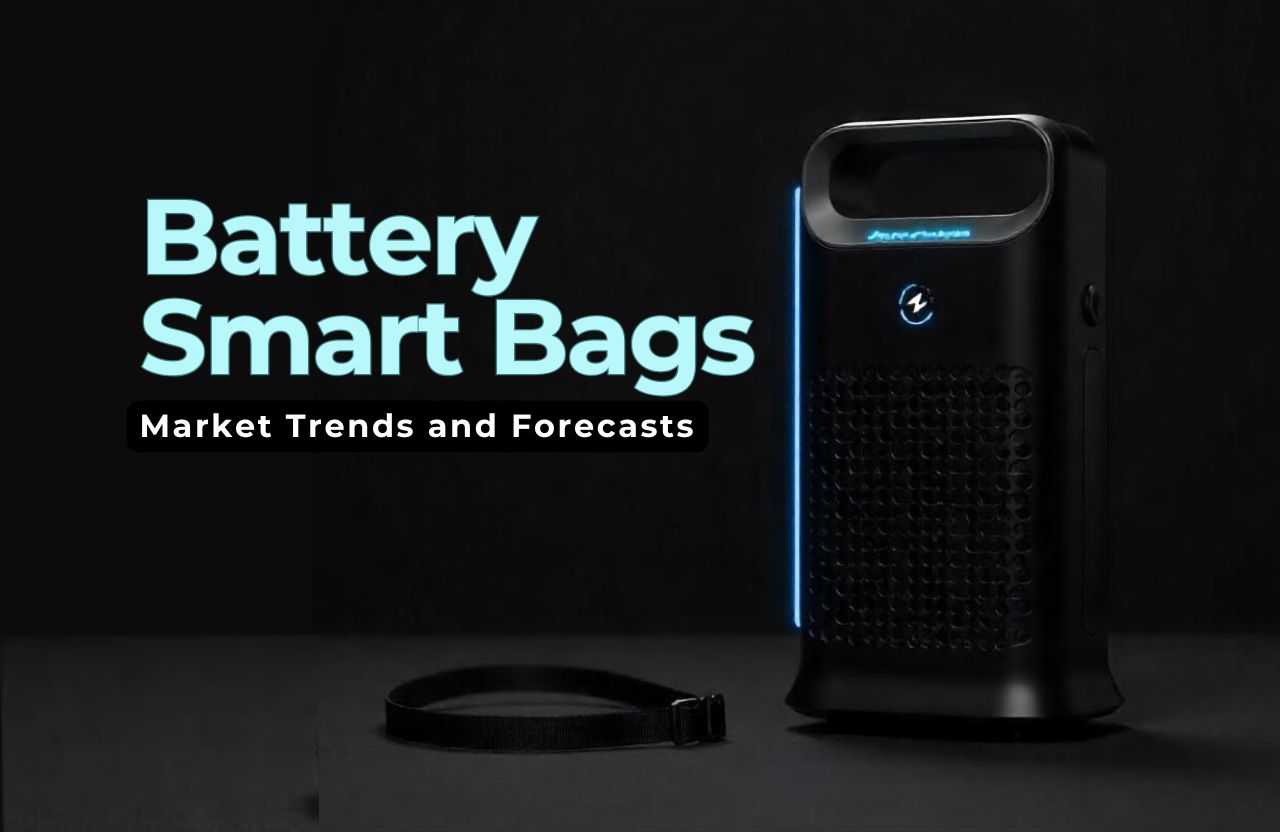There’s so much going on online that it’s easy for businesses to get lost in the crowd. Many B2B companies are finding it harder to get noticed or make real connections. That’s why they’re starting to focus on smaller, more personal groups. These are called micro communities.
Instead of shouting at everyone and hoping someone would listen, businesses are now talking to small groups where people actually care. In these groups, they’re having real chats, helping each other out, and building trust, not just chasing likes or clicks.
What Are Micro Communities?
Think of a micro community like a small club. Everyone in the club has something in common—maybe their job, a challenge they’re facing, or something they’re trying to learn. These groups aren’t as public as Facebook or Instagram. They’re usually private spaces like Slack channels, invite-only LinkedIn groups, or HubSpot.
People join because they want to, not because they stumbled across it. And that means the conversations are more helpful, friendly, and to the point. It’s like a group of people who actually want to talk and help each other, not just scroll past.
Why They Matter in B2B
In business, especially B2B, trust matters. Big decisions don’t happen because of one ad or a cold call. They occur because someone believes in what you do. Micro communities help build that belief.
Here’s why they work:
● Higher signal-to-noise ratio: Fewer distractions lead to more focused conversations.
● More engaged audiences: Participants opt in based on genuine interest, not passive scrolling.
● Peer validation: Buyers trust advice from peers over marketers.
● Faster feedback loops: Direct access to decision-makers and real-time responses.
From One-Way Marketing to Dialogue
Traditional B2B marketing often feels like shouting into a void. Companies blast out newsletters, whitepapers, and ads, hoping something sticks. In micro communities, the dynamic flips. It’s no longer about broadcasting; it’s about participating.
Brands that thrive in these spaces do not dominate the conversation. They listen, offer value, and contribute to discussions in ways that help others solve problems or make informed decisions.
Where Micro Communities Are Forming
You can find B2B micro communities across a range of platforms. Some notable examples include:
● Slack and Discord: Ideal for real-time discussions, often segmented by role, topic, or challenge.
● LinkedIn Groups: When well-moderated, these offer rich industry insight and networking opportunities.
● Industry-specific forums: Communities like Demand Curve (for growth marketers) or RevGenius (for revenue professionals).
● Private newsletters and Substack comments: These create asynchronous, niche communities around thought leaders.
Many companies are also building their own branded communities, offering gated content, networking, and support within a controlled environment.
The Power of Peer Influence
In a buying cycle where multiple stakeholders influence decisions, peer recommendations carry significant weight. Micro communities are fertile ground for this kind of influence. A VP of Sales sharing a product win with peers in a niche Slack group is often more impactful than a case study on a corporate blog.
People trust people who understand their specific context. That’s the power of community—it’s not just about what is said, but who is saying it and where.
A New Approach to B2B Content Distribution
Micro communities offer a targeted, organic channel for content distribution. But to be effective, the approach must change. Forget gated PDFs and long webinars. Instead, marketers need to:
● Share helpful templates, tools, or quick wins
● Spark discussions by asking good questions
● Comment insightfully on ongoing threads
● Provide honest, value-first input without pitching
Community members quickly spot self-promotion. The key is being seen as a contributor, not a salesperson.
Practical Applications for Sales and Marketing Teams
Sales and marketing professionals can use micro communities in multiple ways:
● Customer research: Understand what matters to prospects by observing and engaging.
● Lead sourcing: Identify engaged users who show buying signals.
● Brand building: Develop authority by sharing expertise and being genuinely helpful.
● Retention: Foster customer loyalty by creating post-sale community spaces.
Instead of just relying on outbound emails or cold LinkedIn messages, teams can build warm relationships inside spaces that already have attention and trust.
How to Join or Build a Micro Community
If your business wants to tap into micro communities, you have two options: join existing ones or create your own.
To Join Existing Communities:
● Start by identifying where your target audience hangs out.
● Lurk and listen before jumping in.
● Introduce yourself without a sales pitch.
● Offer genuine answers and share useful resources.
● Be consistent and show up regularly.
To Build Your Own:
● Choose a clear niche and purpose. Who is this for? What problem does it help solve?
● Decide on a format—Slack, Discord, private Facebook group, or a branded community platform.
● Seed the community with founding members who align with your vision.
● Provide value regularly: prompts, meetups, expert AMAs, shared resources.
● Appoint a community manager to keep it active and healthy.
Common Mistakes to Avoid
Getting micro communities right takes more than showing up. Here are common missteps:
● Over-promotion: Nobody wants a sales rep in disguise.
● Neglecting moderation: Communities need a healthy structure to thrive.
● Being inconsistent: Sporadic engagement erodes credibility.
● Ignoring feedback: If users ask for something, listen and act.
● Lack of clarity: If the community’s purpose is vague, members lose interest.
Metrics That Matter
In micro communities, traditional metrics like impressions or click-through rates don’t tell the full story. Better indicators include:
● Number of meaningful conversations
● Referrals from community members
● Product mentions in peer discussions
● Invitations to participate in events or panels
● Increase in demo requests tied to community activity
Qualitative feedback—such as “I heard about you in the XYZ Slack group”—is also a strong signal.
The Role of Tools in Community Engagement
Technology can support deeper engagement, but it should never replace human presence. Tools that help schedule posts, monitor conversations, and track mentions can help manage scale, but they shouldn’t automate the relationship.
For example, when sharing thought leadership videos within a micro community, it’s more effective if the clip is directly helpful and personally shared by a team member rather than dropped by a bot. In some cases, marketers use a video editor tool to cut down interviews or product tips into short, relevant clips that fit the fast-paced nature of group chats.
Why Now?
The shift toward micro communities is happening now for a few reasons:
● Skepticism toward ads and cold outreach: Decision-makers are overwhelmed with generic marketing.
● Rise of specialized roles: As job functions become more niche, people crave peer support in tight-knit spaces.
● Content fatigue: Long-form content is everywhere. Real-time, actionable insights are harder to find.
● Remote work culture: Professionals are looking online to replace in-office collaboration and networking.
Final Thoughts
Micro communities aren’t a trend—they’re a return to what always worked: trust, relevance, and relationships. For B2B companies, the challenge is to let go of scale-at-all-costs thinking and focus on depth.
Engaging in the right community may not deliver hundreds of leads overnight. But it can spark conversations that lead to your most loyal customers, your strongest advocates, and your biggest deals.
In a world where attention is expensive, attention from the right people in the right setting is invaluable.













